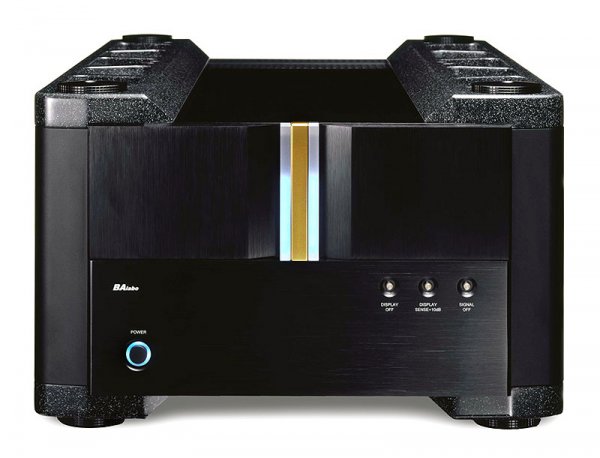That's what I thought about the Austin Acoustics system at RMAF, but you probably saw that thread... many did not share that opinion!

However, I do think Peter B had a point when he had that meltdown. Systems get judged all the time by people who shouldn't even be expressing their opinion, let alone forming a strong opinion to express in the first place. Perfect example is Amir in the Austin thread. What he did was horrible, then claiming it was ok because he's not a reviewer. But when you own a forum, post many photos and words in the forum you own, it's a review no matter what you want to call it and bashing a system that you haven't thoroughly tested isn't fair, isn't ethical and can have very negative consequences for smaller businesses. DDK chimed in and bashed it without hearing it AT ALL, based solely on his own biases!!! The internet has given these idiots a voice, for better or worse. It seems to be human nature to make decisions and form strong opinions based on whatever evidence happens to be on hand, whether it makes sense or not. Happens in all parts of life, especially politics...

I think that you can't trust a great majority of people's opinions on HiFi gear simply because they form opinions much too easily, and will give you their opinion based on hearing a 30 sec clip of a track they have never heard before. Or poke their head into a room for a minute, decide it's bad, then leave and tell everyone how bad it was. To be fair nobody is unbiased, but some do recognize they have biases and are more careful about forming strong opinions as a result. And to be fair, "different strokes for different folks" is also true, to a degree.
I totally agree with your OP as well. A quick story to make the point... I had someone over with a lot of experience in HiFi to listen to my system, my SET amp + my horn hybrid speakers. Then we went to tour Boulder Amplifier where we heard at least a $500k system in a brand new dedicated room with no expenses spared. On the way back from the tour the person said they enjoyed listening to my system a lot more. While the system at Boulder was perfect in some ways, the way the music is presented isn't as engaging and fun to listen to vs horns and SETs that cost a fraction in a rather normal, only lightly treated room. There's something there that modern HiFi just doesn't do... an immediacy to the sound, the dynamics to make it sound real. A 3-D soundstage that isn't defined by the listening room boundaries. Strong emotional reactions to the music... I think modern HiFi misses these things for several reasons, one is the complexity of the signal path, which includes amplifier and crossover, another is simply dispersion pattern, and also efficiency of the transducers, modern HiFi is too inefficient transforming electricity to SPL.
(I have not read the last few pages yet, just wanted to comment on what I've read so far)







